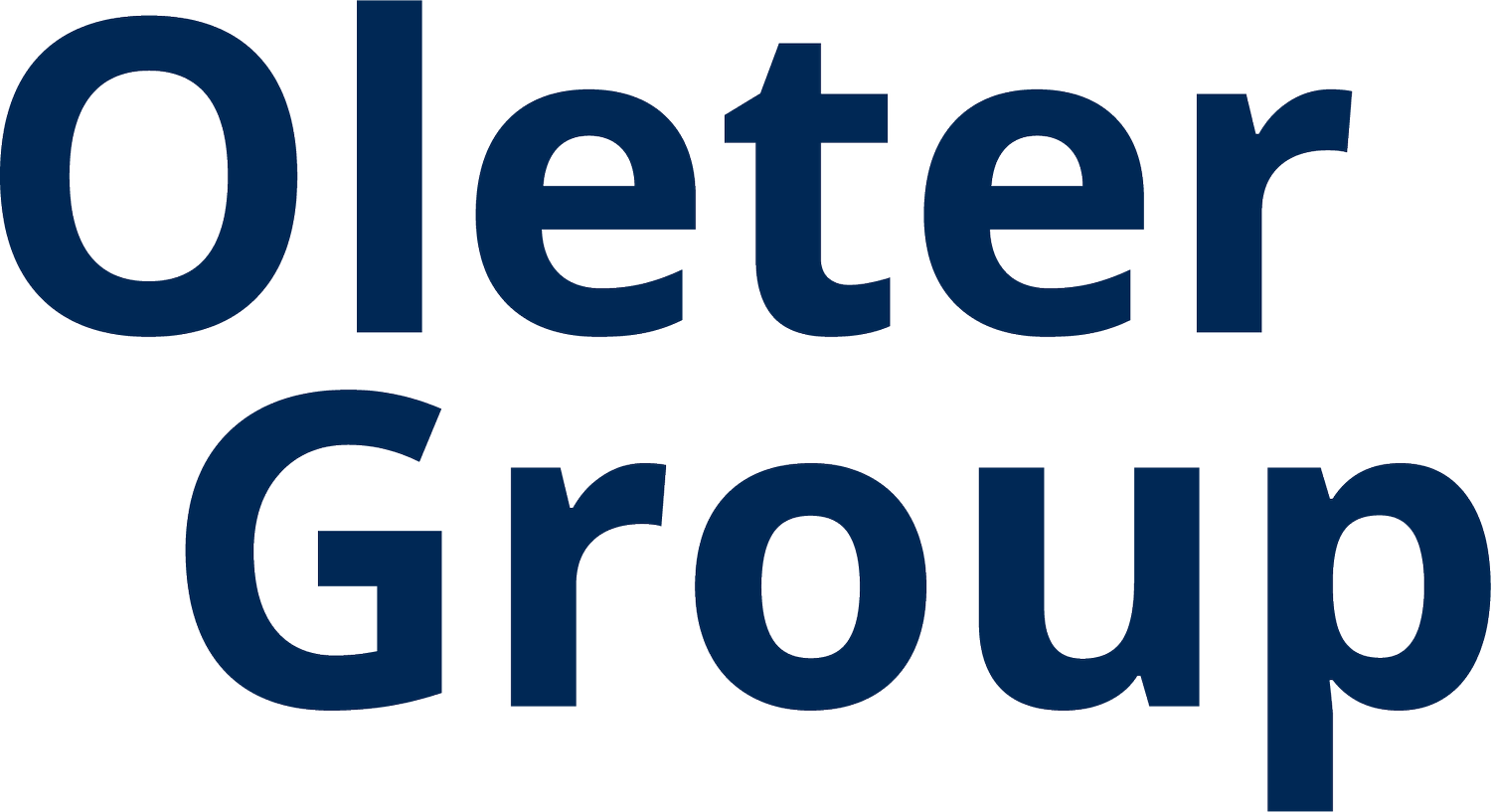
Energy
Facilities
The climate impact from facilities amounts to 699 tons of carbon dioxide in 2022, an increase of 92% compared to 2021. The emissions from heating have increased by 21%, while the emissions from Electricity increased by 165%. The main reason for this is that Ocab Stockholm reported non-100%-renewable energy for 6 months in 2022. Another explanation is that reporting has been more accurate in 2022 compared to previous years.
In total, energy consumption in facilities amounts to 2% of the total emissions from Oleter Group.
In 2022, Oleter Group conducted an energy audit in 4 locations to ensure that it is as energy efficient as it can be and fulfills the Act (2014:266) on energy auditing in large companies.
In 2021, the share of renewable energy was 89% of total electricity consumption, while in 2022 it was 66%.
Target 7.2 increase substantially the share of renewable energy in the global energy mix by 2030.
Targets
Oleter Group's target is to use 100% renewable electricity by 2024.

Machinery
The climate impact from machinery amounts to 227 tonnes of carbon dioxide in 2022, based on the total electricity consumption of 17,774 MWh.
In Sweden, electricity consumption slightly decreased from 13,903 MWh in 2021 to 13,750 MWh in 2022. If energy consumption is considered in relation to turnover, it decreased from 10.5 MWh / MSEK year 2021 to 8.6 MWh / MSEK in 2022.
Targets
have 100% energy-efficient machines and dehumidifiers by 2024
to conduct 30% of measurement protocols remotely
reduce energy consumption in projects by 20% compared to 2020 levels
Progress
If energy consumption from machinery is considered in relation to turnover in the Group, it decreased from 7.9 MWh / MSEK year 2021 to 6.9 MWh / MSEK in 2022.
Actions
To achieve these targets, several actions have been and will be taken such as: simplifying data collection for procurement of central electricity contracts, conducting energy mapping - which was initiated during 2022 - to reduce energy use in our facilities, taking actions based on the mapping to achieve increased efficiency, cooperating with suppliers to calculate energy use per project, document and invest in energy-efficient machines that can be remotely monitored.
The progress towards achieving the goals will be monitored through annual measurements of energy consumption in sustainability & climate reports, a compilation of machinery fleet, a compilation from the supplier regarding energy-efficient total purchases, and by tracking the number of completed distance measurements of dehumidification compared to the total number of kilometers driven. Our humidity measurement devices aid us in keeping track of the humidity level without having to travel to the site, which saves time, emissions, and resources.
More on climate & circularity







